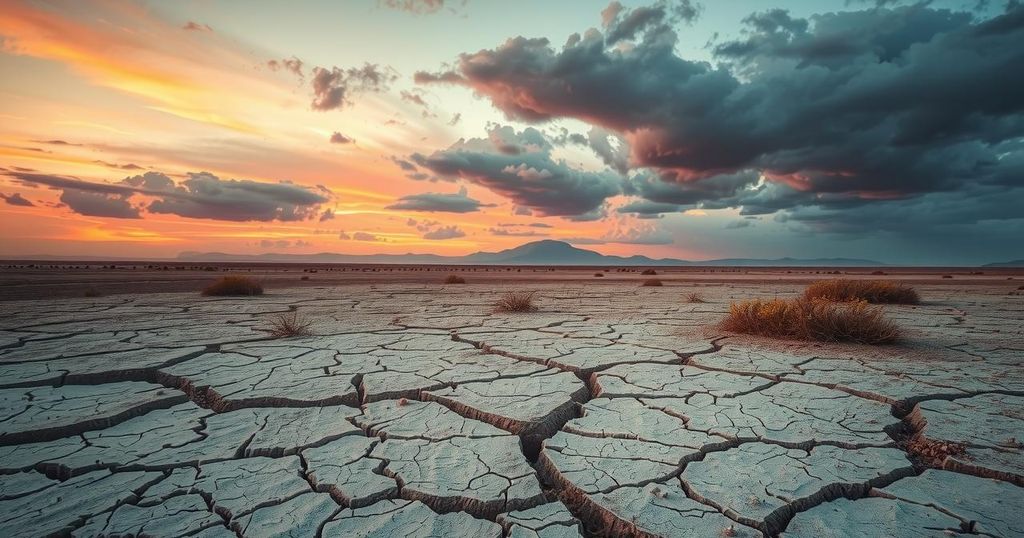Recent research conducted by Marvel et al. examined drought conditions in Europe and Asia, utilizing tree ring data from the Great Eurasian Drought Atlas (GEDA) covering the years 1000 to 2020. The study determined that contemporary drought conditions are significantly influenced by rising global temperatures, with certain regions becoming drier and others wetter, suggesting that modern PDSI shifts cannot be solely attributed to natural variability.
In analyzing the causes of shifting drought conditions across the globe, researchers grapple with distinguishing between natural hydroclimatic variability and anthropogenic climate change. Advanced computer models are employed to simulate historical climate patterns and elucidate unprecedented drought occurrences. Nonetheless, these models may present biases that could compromise the accuracy of drought assessments in certain areas.
Tree rings serve as effective historical indicators of climate variability, demonstrating wider growth during favorable conditions and thinner rings amidst droughts. A recent study led by Marvel et al. utilized the Great Eurasian Drought Atlas (GEDA), encompassing tree ring data from over a thousand trees spanning from 1000 to 2020 CE, to enhance understanding of drought trends in Europe and Asia.
The research team categorized GEDA data according to geographical regions recognized in the Intergovernmental Panel on Climate Change’s Sixth Assessment Report. They analyzed tree ring growth from 1000 to 1849 to estimate the preindustrial Palmer Drought Severity Index (PDSI), a critical metric for evaluating drought conditions, and investigated its relevance to contemporary PDSI data from 1850 to 2020.
Findings revealed that changes in modern PDSI across various regions are predominantly associated with rising global temperatures, indicating that contemporary drought scenarios cannot solely be attributed to natural variability. The study demonstrates that eastern Europe, the Mediterranean, and Arctic Russia are experiencing increased aridity, while regions such as northern Europe, east central Asia, and Tibet are becoming wetter due to climate alterations.
Despite acknowledging the potential influence of other factors on tree ring development, the researchers assert that such variables are unlikely to significantly skew their conclusions, as the data sampling within GEDA primarily reflects the role of climate on tree growth. This reinforces the reliability of their findings regarding drought patterns in relation to climate change.
In summary, the research indicates a strong correlation between rising global temperatures and modern drought conditions across Europe and Asia. The findings from tree ring analysis reveal that several regions are increasingly dry, while others are experiencing increased moisture. The study underscores the vital role of historical climate data in understanding current environmental changes and emphasizes the complexity of attributing drought conditions to natural or human-induced factors.
Original Source: eos.org




